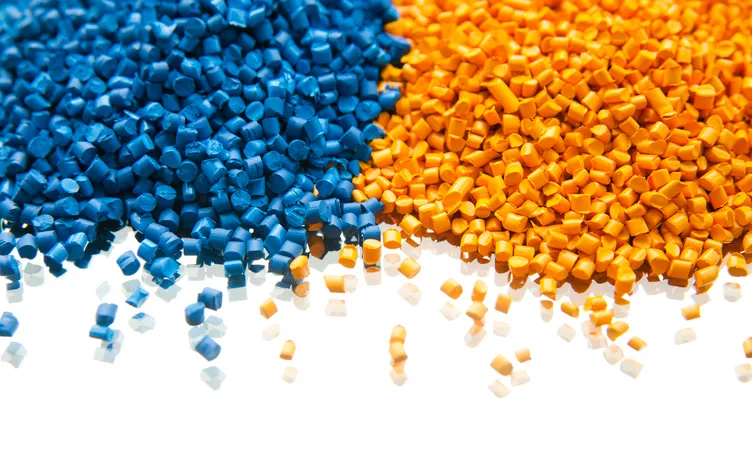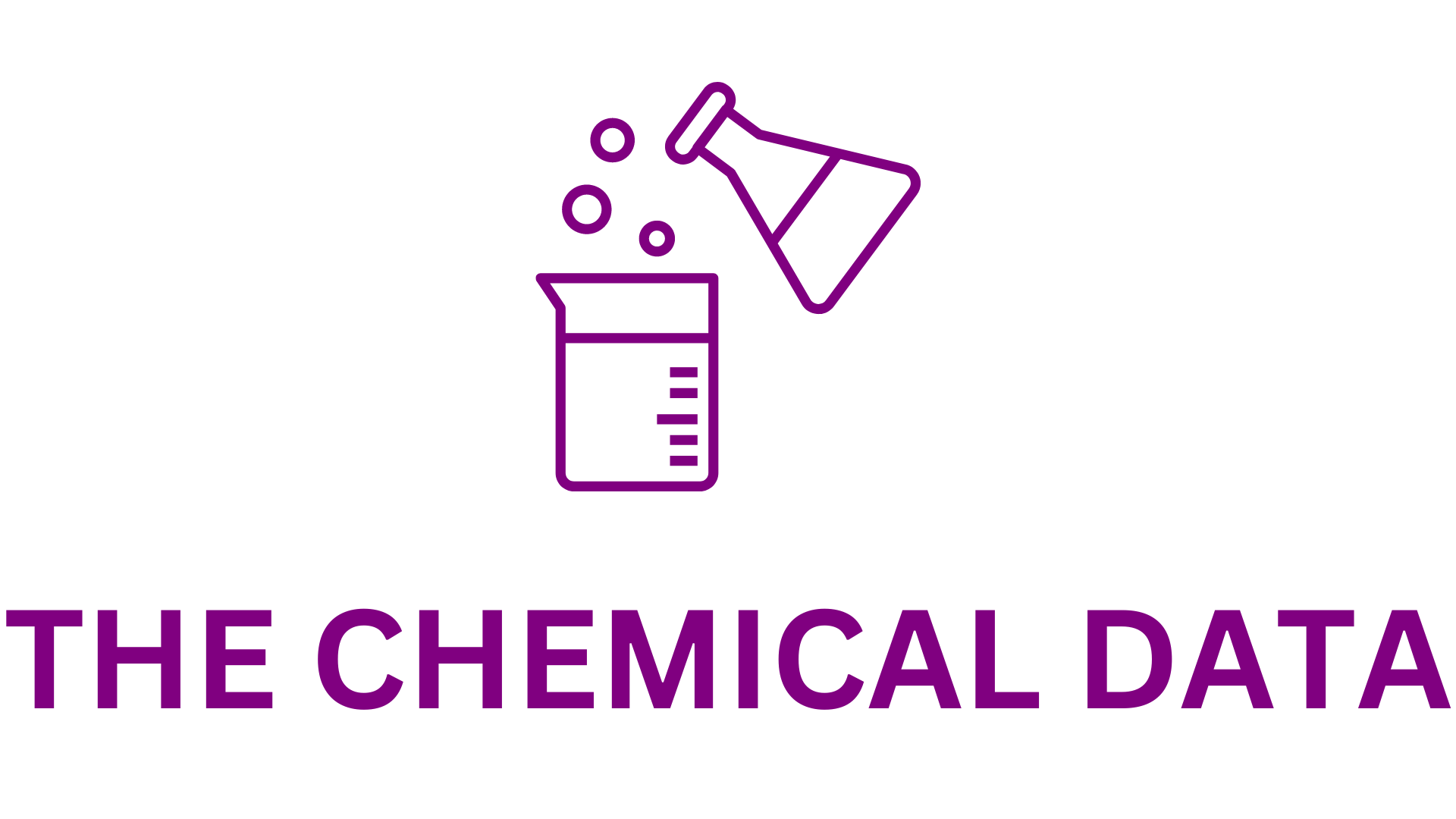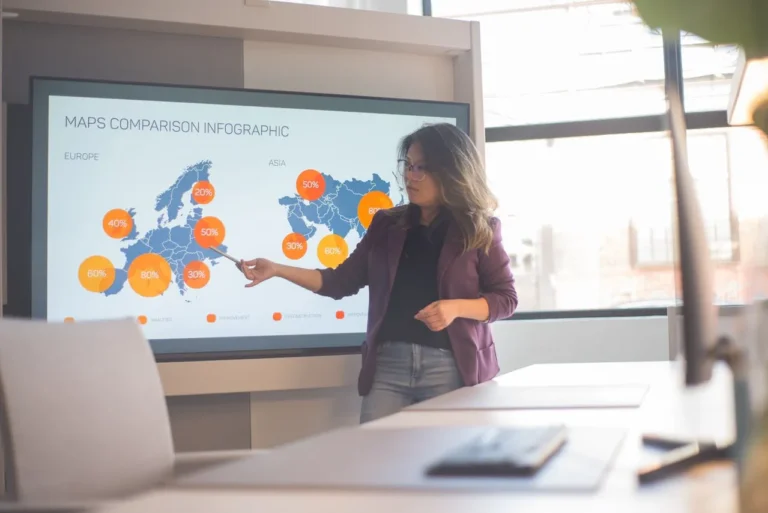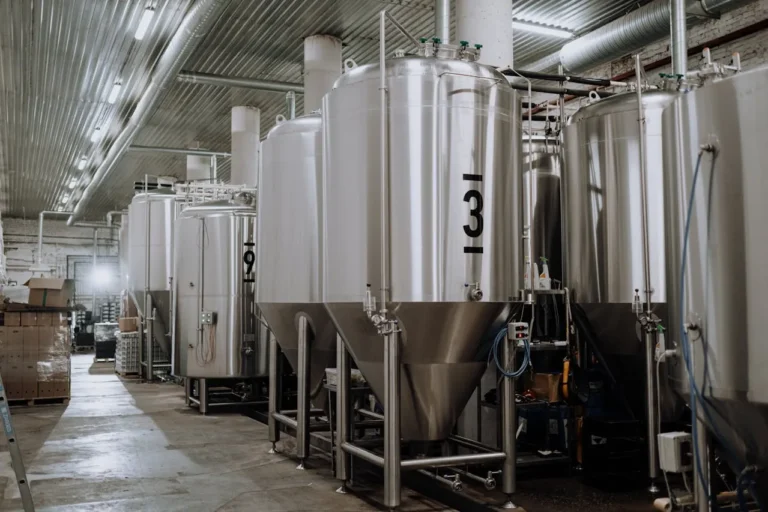
The global Medical Overmolding Market, valued at USD 1.95 billion, is anticipated to experience significant growth, with an expected compound annual growth rate (CAGR) of 4.3% from 2025 to 2030. This growth is driven by the increasing demand for advanced medical devices that prioritize enhanced performance, durability, and patient comfort. Overmolding is a sophisticated manufacturing process in which one material, often a soft polymer, is molded over another material, typically a rigid substrate, to form a composite medical device. The technique has become indispensable in the production of medical instruments, surgical tools, catheters, and wearable devices, where ergonomics, safety, and patient comfort are of utmost importance.

Key Drivers of Market Growth
The primary driver behind the growing medical overmolding market is the rising demand for minimally invasive medical devices. These devices necessitate the use of highly precise, biocompatible, and comfortable materials to ensure they are safe and effective for patient use. Overmolding plays a critical role in creating smooth, ergonomic surfaces that help reduce patient discomfort, which is crucial in procedures involving delicate operations or long-term treatments. For example, catheters, which are extensively used for chronic disease management, benefit from overmolding technology as it provides a soft, flexible surface that minimizes irritation during prolonged use.
In addition to the increasing prevalence of chronic diseases and the aging population, there has been a surge in demand for medical devices that are designed for long-term use. Overmolding offers the added benefit of creating softer, more flexible devices that can be comfortably worn for extended periods, such as wearable medical devices for continuous monitoring or drug delivery. This trend is particularly noticeable in sectors like diabetes care, where continuous glucose monitors (CGMs) are often made using overmolded materials to enhance comfort and usability.
Technological advancements in materials science have also fueled the growth of the medical overmolding market. The development of biocompatible polymers, which are non-reactive, sterilizable, and suitable for contact with human tissue, has made it easier for manufacturers to adopt overmolding in medical device production. These advanced materials are ideal for use in critical medical applications, offering a high degree of safety for both short- and long-term patient care. Overmolding allows manufacturers to integrate multiple components into a single device, thus reducing the need for extensive assembly processes, minimizing production costs, and enhancing the overall durability and reliability of the devices.
Geographical Insights and Regional Market Dynamics
Geographically, the Americas currently lead the global medical overmolding market, primarily due to the region’s advanced medical device manufacturing capabilities and its high healthcare expenditure. The United States, in particular, plays a pivotal role in this market, with numerous leading medical device manufacturers adopting overmolding technologies to improve product performance and increase patient satisfaction. As one of the largest markets for medical devices, the U.S. continues to innovate and lead in the development of cutting-edge technologies, including those that involve overmolding.
The Asia-Pacific region is also witnessing robust growth in the medical overmolding market, driven by significant investments in healthcare infrastructure and the increasing demand for high-quality, advanced medical devices. Emerging economies such as China and India are contributing to this growth, as they expand their healthcare sectors to meet the needs of rapidly growing and aging populations. In these regions, the focus is on both improving the quality of healthcare services and expanding access to essential medical devices, which has, in turn, increased the demand for sophisticated manufacturing techniques like overmolding.
Market Outlook and Future Growth Opportunities
The future of the medical overmolding market looks promising, with continued advancements in material science and manufacturing technologies. Manufacturers are likely to explore new overmolding techniques and materials to improve the functionality and comfort of medical devices, offering new opportunities for innovation in the industry. Furthermore, the increasing shift toward home healthcare, as well as growing awareness of the importance of patient-centric medical devices, is expected to further drive the demand for overmolded products.
As the market evolves, there will be increasing competition among industry players. Companies will focus on developing strategic partnerships, adopting new technologies, and expanding their production capabilities to capture a larger share of the market. Additionally, regulatory developments in various regions will influence market dynamics, with a growing emphasis on ensuring the safety, efficacy, and quality of medical devices.
Detailed Market Insights
This report offers an in-depth comparative assessment of the top 20 markets in the medical overmolding industry, providing insights into total addressable market opportunities, lucrative segments, and the competitive positioning of leading companies. It also includes a comprehensive analysis of the historical (2020-2023), current (2024), and forecast (2025-2030) market trends, offering a deep dive into the application, end-user type, and overmold material type across 20 key countries.
The report highlights the various factors shaping the market, including emerging trends, drivers, challenges, and potential growth areas. Furthermore, it tracks the competitive landscape, focusing on the strategic developments, mergers and acquisitions, and market share of approximately 15 top players in the medical overmolding space.
Reasons to Buy This Report
This report provides valuable, actionable insights for businesses looking to capitalize on opportunities in the medical overmolding market. Key benefits include:
- In-depth comparative analysis of the leading markets and top players.
- Comprehensive historical, present, and future market analytics to help businesses stay ahead of market trends.
- Customized support with direct access to analysts for tailored guidance.
- Strategic recommendations for new entrants or businesses looking to expand into new market areas.
In conclusion, the medical overmolding market is set for sustained growth, driven by technological advancements, increasing demand for high-performance medical devices, and the need for better patient comfort. The continued evolution of material science, combined with a growing focus on minimally invasive and long-term medical devices, will ensure that overmolding remains a key technique in the manufacturing of advanced medical devices.







